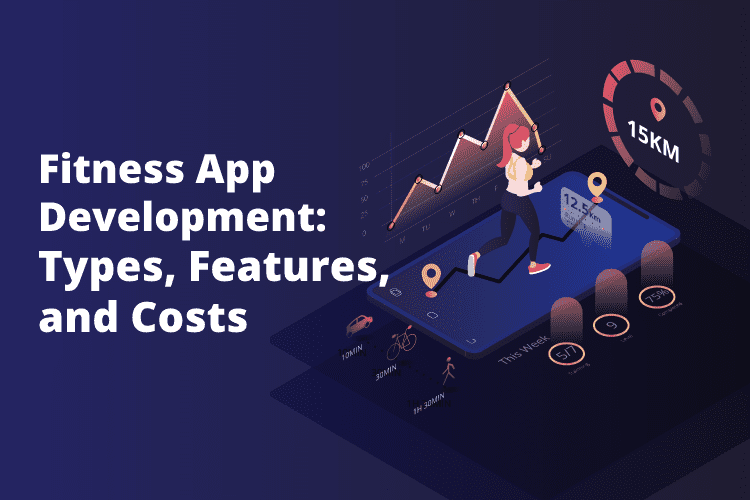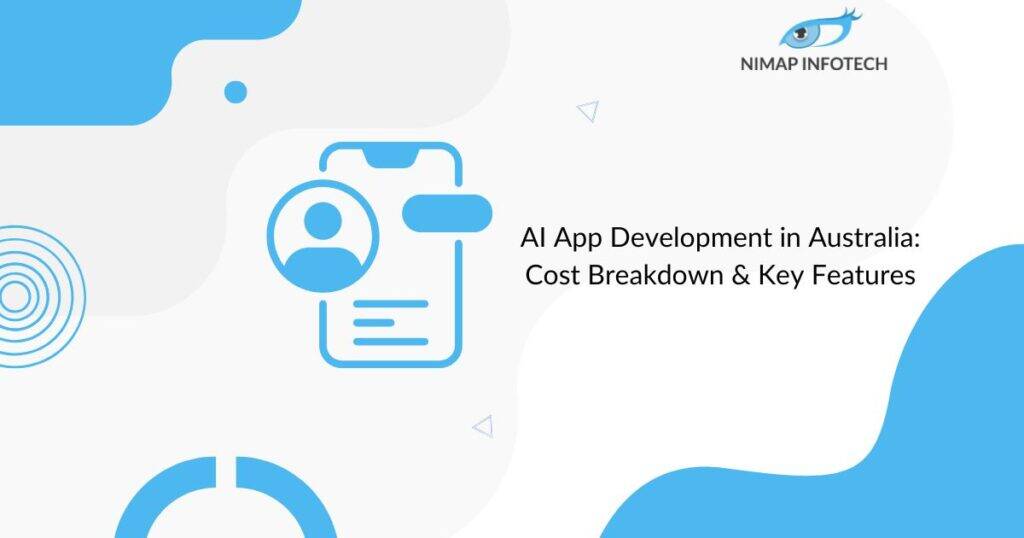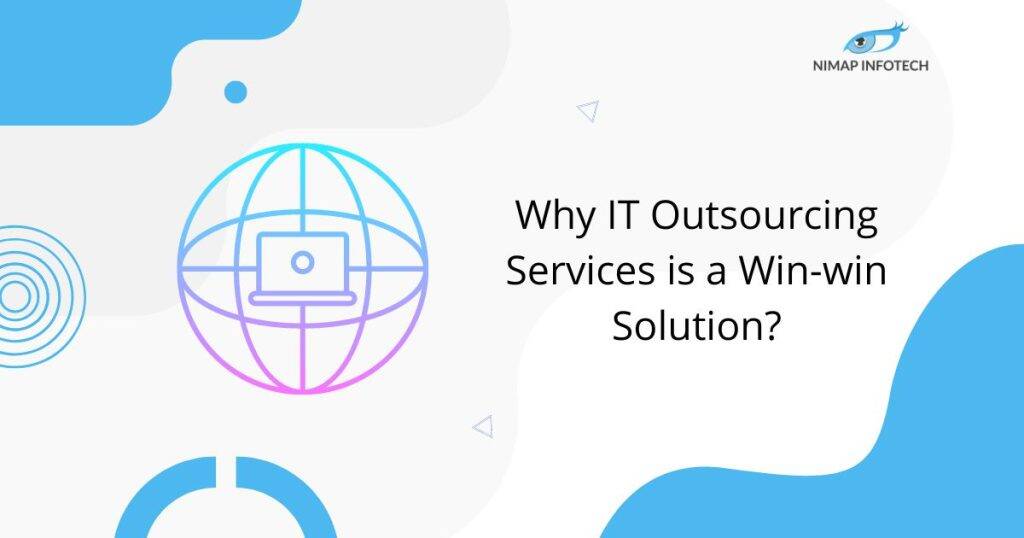Table of Contents
ToggleWhy Fitness Apps?
Before diving into all of the incredible features of wellness applications, we should consider the historical context of this sector. Google’s Google Health programme seemed incredibly promising when it first debuted in 2008. Although it would likely become famous if it were released today, it was previously despised to the extent that the organisation was forced to abandon the project in 2011. What prevented Google Health from succeeding despite all the potential advantages?
Kinds of Fitness Apps
The three main categories of wellness programmes are as follows. The primary distinction between them is the manner in which they cycle through and store the data:
Applications that track your activity include nutrition and exercise programmes
Only a small number of applications combine two or even all three of these categories. They do, however, typically fall under one of these categories. Each category should be carefully examined.
-
Workout and Exercise Apps:

Exercise applications is the category on our list with the most options. As the name implies, they are concentrated on exercises. Its primary objective is to show clients exactly what to do and how to do it.
There is a tonne of different workout apps available, and each one has something special to offer. However, there are three categories into which all exercise apps can be placed:
applications for fitness coaches
Applications for logbooks
applications for physical fitness that connect to gadgets
-
Fitness coach Apps:

The main idea behind this is to provide a flexible activity complex for each client. Customers must unquestionably select a level of complexity and a variety of enjoyable activities.
Show exactly how tasks should be completed. If not, activities risk injury or generally fail to have the desired effect. Normally, a fitness instructor at the recreation center makes sure people perform exercises properly, but with these applications, clients no longer need to pay for the gym because 3D models, recordings, or just itemized illustrations show how to perform each exercise.
-
Logbook Apps:

Applications like logbooks serve as your flexible preparation diary where you can track your workout sessions and create your own preparation schedule. Your progress can be tracked by a simple but helpful app, which also shows it in diagrams and details.
The most moderate applications are those of this nature. Applications for logbooks serve as a daily schedule and primarily store information about workouts. Well-known logbook applications include Chunky, Strong, Fitbod, and Stacked. Clients have access to preset libraries with practices and a variety of exercise schedules.
-
Exercise Fitness Apps that Pair with Devices:

For fervent defenders who can’t imagine exercising without a wellness band or another type of wearable technology, exercise applications are the best option. All of the data collected by wearable technology is instantly displayed on the phone’s display.
Such applications also have an administrator board and sync with clever athletic gear.
-
Nourishment Apps:

Applications like logbooks serve as your flexible preparation diary where you can track your workout sessions and create your own preparation schedule. Your progress can be tracked by a simple but helpful app, which also shows it in diagrams and details. These programmes help users manage their weight by tracking calories consumed and consumed, managing water balance, and encouraging healthy eating habits. They can also help people keep track of how much coffee they consume and manage their weight, rate, and muscle-to-fat ratio.
Among the best uses of this sort are HealthyOut, Calorie Counter and Food Diary, and MyPlate Calories Tracker.
-
Action Tracking Apps:
![]()
Action-following apps are reasonable in any case for people who don’t frequent gyms or aren’t passionate about sports but still need to make sure they move around enough. These programmes can track calories burned and steps are taken. They can track walked distances thanks to geolocation.
One of the most fascinating aspects of this is the evaluation of sleep quality and the ingenious morning timers that wake up clients while they are still in REM sleep, causing clients to awaken quickly and painlessly.
Many action-following apps are compatible with wearables, but if a user doesn’t have one, their cell phone’s capabilities are sufficient to collect information in a similar way.
Fitness App Development: Key Features
Onboarding:
Onboarding is incredibly helpful when you need to instruct new users or explain app features. This step can be skipped if your app is simple. You can provide onboarding when users interact with your app by displaying two to eight screens. Including a 60 to 90-second video tutorial, or sending in-app prompts.
Sign-up & Login:
Allow users to register using their personal email addresses as well as their Facebook, Google, Twitter, Instagram, or other social media accounts that correspond to your target audience.
User profiles:
When creating a profile, users enter personal data like their name, age, height, weight, gender, and level of fitness. Users and app developers will both gain from this knowledge. It helps app developers create applications that track users’ sporting activity and pair them with personalised workout routines. Users have quick access to subscription plans, a history of completed exercises, progress, bonuses, and other data through their profile.
Goals:
Goal-setting is a crucial component of any fitness app. Allowing users to set goals and objectives is energizing because it results in a goal tracker that will ensure they successfully reach their fitness objectives.
Synchronization with wearable devices:
Your fitness app should eventually be able to connect and synchronise with wearable devices Just like other smart watches devices from Apple, Samsung, and Xiaomi. You can use the HealthKit and GoogleFit APIs to combine data from fitness trackers and your fitness app. The watchOS and Wear OS operating systems enable syncing between Apple Watch and Android smartwatches.
Activity tracking:
Given the popularity of smartwatches and other wearable devices from Apple, Samsung, and Xiaomi, your fitness app should eventually be able to connect and synchronize with them.
Push notifications & reminders:
The retention rate of an app will increase three to ten times with the right text sent at the right time. According to Business of Apps, push notifications for fitness apps should not exceed 90 characters and be sent between 7 and 8 am or 12 am and 2 pm. It’s advantageous if your app enables users to adjust the frequency of reminders and push notifications, or in some cases, to disable notifications altogether.
Fitness app development stages:
-
Discovery:
Determine whether the fitness app idea is marketable. And if it is how can it be done? So, your mobile app development team conducts preliminary market research at this point. Together with a product manager, designer, and project manager, you’ll brainstorm how to:
- Create a vision for your app that outlines its requirements, challenges, competitors, acquisition channels, special selling points, and revenue streams.
- Consider the logic behind your fitness app.
- Based on the primary features of your app, compile a list of epics. Think about the rationale behind your fitness app.
- Create an image of your potential customers.
-
Idea validation:
Idea confirmation During the discovery phase, you examine the issues that your app will be able to solve. When you are in the idea validation stage, you should check the solutions your app can offer. To do this, you’ll need a product/project manager, UI/UX designer, iOS and/or Android developer, backend developer, and quality assurance engineer.
-
Design & development:
During the design and development phase, which lasts approximately two weeks, your app development backlog is divided into sprints. Prioritizing tasks, monitoring their progression, and managing the backlog are all responsibilities of a project manager.
- Throughout the design concept sprint, you are permitted to use the style guide in any area of your project.
- A project manager plans the following sprint and produces documentation while the app is being developed during a development sprint.
-
Testing and improvement:
The entire app development team must take part in this stage as well. The testing and improvement phase ends once you have a fully functional fitness app, but it can be restarted if you decide to make a change.
- KPIs for mobile applications are monitored.
- analysing user input after receiving it
- locating an app’s problems
- addressing flaws
- improving the functionality of the app
Read More: 7 Trends that will Shape the Future of Mobile App Development
Highlights of Fitness Apps
Now is a great time to learn what fundamental components are essential for any wellness application. After discussing the fundamental components, we’ll look at the highlights specific to each type of wellness application.
Making Accounts:
Records are important because they allow users to store data and keep their information even if they switch devices. Additionally, no competition is possible without accounts; we’ll talk about competition later.
Incorporating with Other Services:
Interpersonal organizations are the most effective and practical way to include a record in an application. With social logins, users can quickly see all of their friends who are using the same application and can start sharing their results on online media. The ability to see the progress of one’s friends serves as a major inspiration booster. When users see the successes of their friends, it attracts more users to an application.
Adding Personal Info:
Since the eating regimen or exercise programs in your application should be determined by a client’s age, weight, height, and other actual boundaries, the ability to add individual data are important. Exercises become more personalized when they are determined using local data, which is constantly valued by people who are concerned about health issues. Your wellness application needs to collect the following types of data:
- Age
- Sexual orientation
- Stature
- Weight
Arranging Notifications:
Notifications are crucial for inspiration! The most well-known problem with sports is losing the initial excitement. There are countless reasons to avoid doing active work or deviating from a diet, including bad weather, sluggishness, and an abundance of activities. Additionally, clients may choose to ignore their workout plans, so the application’s task is to remind them. However, warnings should be programmable to prevent annoyance; permit your customers to set notices as they see fit.
Setting Targets:
All wellness applications need to allow clients to set targets. Crossfit applications need to have focused for exercises, while movement-following applications need to focus on the number of steps or long stretches of rest. With regards to eating fewer applications, targets may be calorie cutoff points or pounds lost.
Regardless, an objective is a thing that an individual requires to remain spurred. Clients need to see unmistakably the thing they’re taking a stab at.
Settings:
Settings are expected to make your application adaptable and simple to utilize. Recollect that the settings menu must be steady and straightforward, yet complete.
Gamification:
Gamification is utilized both to engage and to rouse. Accomplishments like those found in computer games are acceptable, yet contending with different clients is far and away superior. Allow your clients to contend, get rewards, and contrast results and their companions. In certain applications like Charity Miles, clients can even turn out to be important for a foundation program by sharing outcomes via web-based media.
Pre-set Exercise Routines:
This element is explicit to exercise applications. The primary issue with most exercise applications is that the schedules can’t be tweaked. We suggest making schedules adjustable, as it’s more helpful for clients.
Is it accurate to say that you are intending to extend your business on the web? We will make an interpretation of your thoughts into clever and incredible arrangements.
Live Streaming:
This component is discretionary, yet it’s most certainly fascinating. Live streaming permits clients to communicate their exercises and talk with proficient coaches web based during the preparation interaction.
Mix with Wearable Devices or Mobile Device Functions:
Your application must have the option to interface with whatever number trackers as could reasonably be expected if you intend to help wearables. You can utilize Apple’s HealthKit or Google Fit for capacity and utilize diverse wearable producers’ APIs (Up by Jawbone, Garmin, Withings, Tomtom, and others) to interface gadgets to your application.
Action Tracking:
This is where HealthKit and Google Fit will come in handy. Considering that they can connect your application to every sensor. Exercises that are followed by accelerometers, compasses, and gyrators, for instance, include walking, cycling, running, and, surprisingly, swimming.
Geolocation:
You should implement geolocation into your application because the action after applications is about maps.
You can use maps from Google, Apple, Waze, or TomTom. Customers have a variety of options that let them create courses, keep track of where they are geographically, and log exercises. Guide Screen Captures can be distributed through online media!
Food Logging:
Food logging is a necessary component of every eating routine application, so you should implement it. Diet applications must be simple to use when logging data, so an item data set with a word reference is also without a doubt necessary.
Standardized tag Scanner:
Standardized identification filtering is an exceptionally helpful component to make logging quicker and simpler. With scanner tag examination, your clients can get all the important data like calories or fixings simply by putting a standardized identification before their cell phone.
Also Read: 4 Tips for Outsourcing Mobile App Development Projects
Cost of Fitness App Development
The exact amount you will spend on wellness application improvement is difficult to predict, but a reasonable estimate can be made. The arrangement of features you require, the amount of time it takes to create the application, and, obviously, the productivity of the improvement team you hire will all affect the cost of your application. Your fitness industry business can benefit from fitness app development.
Please be aware that this is only a rough evaluation. Depending on your preferences, the plan may occasionally cost as much as half of the improvement budget or even more. These figures can be completely original if you’re trying to stand out from the crowd with the help of a stunning and intricate plan that moves. The most difficult aspect of advancement interaction to evaluate is configuration. The development of fitness apps is inexpensive.
The total development cost will take about Rs 50000 to Rs 500000 depending on the set of features and functions that you need to develop. If you are looking for Fitness App Development then do contact us at enquiry@nimapinfotech.com with your requirements. We have the most talented professionals ready to onboard your project in no time.
Hope you like this blog on Fitness App Development. Do check our other blogs on mobile app development.
Author
-

With 14+ years in IT and entrepreneurship, I co-founded Nimap Infotech, a digital transformation company that has delivered 1200+ projects and built a team of 400+ engineers. I’ve also led mobile development teams at Accenture India and IBM Apple Garage and developed a network of 7k+ iOS and Android developers. As an Angel Investor, tech advisor, and mentor, I actively engage with the startup ecosystem.
View all posts










